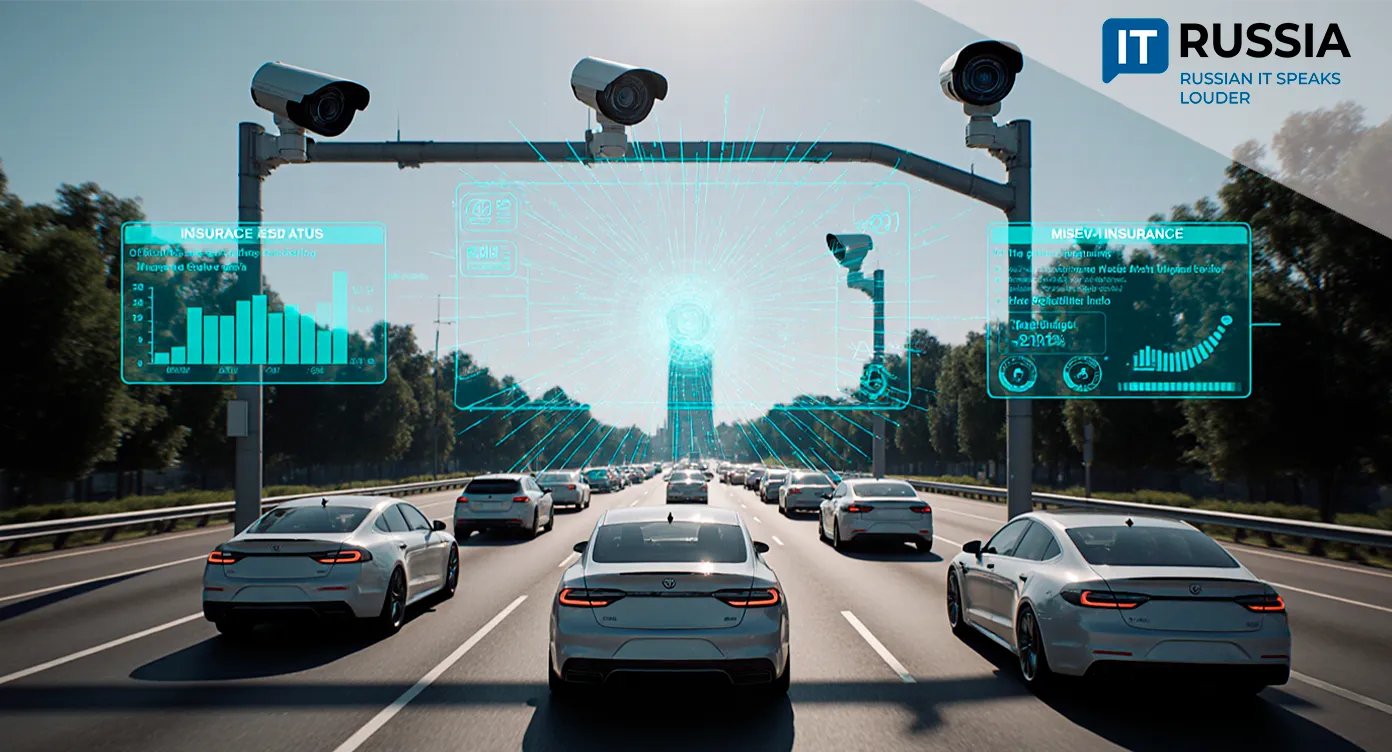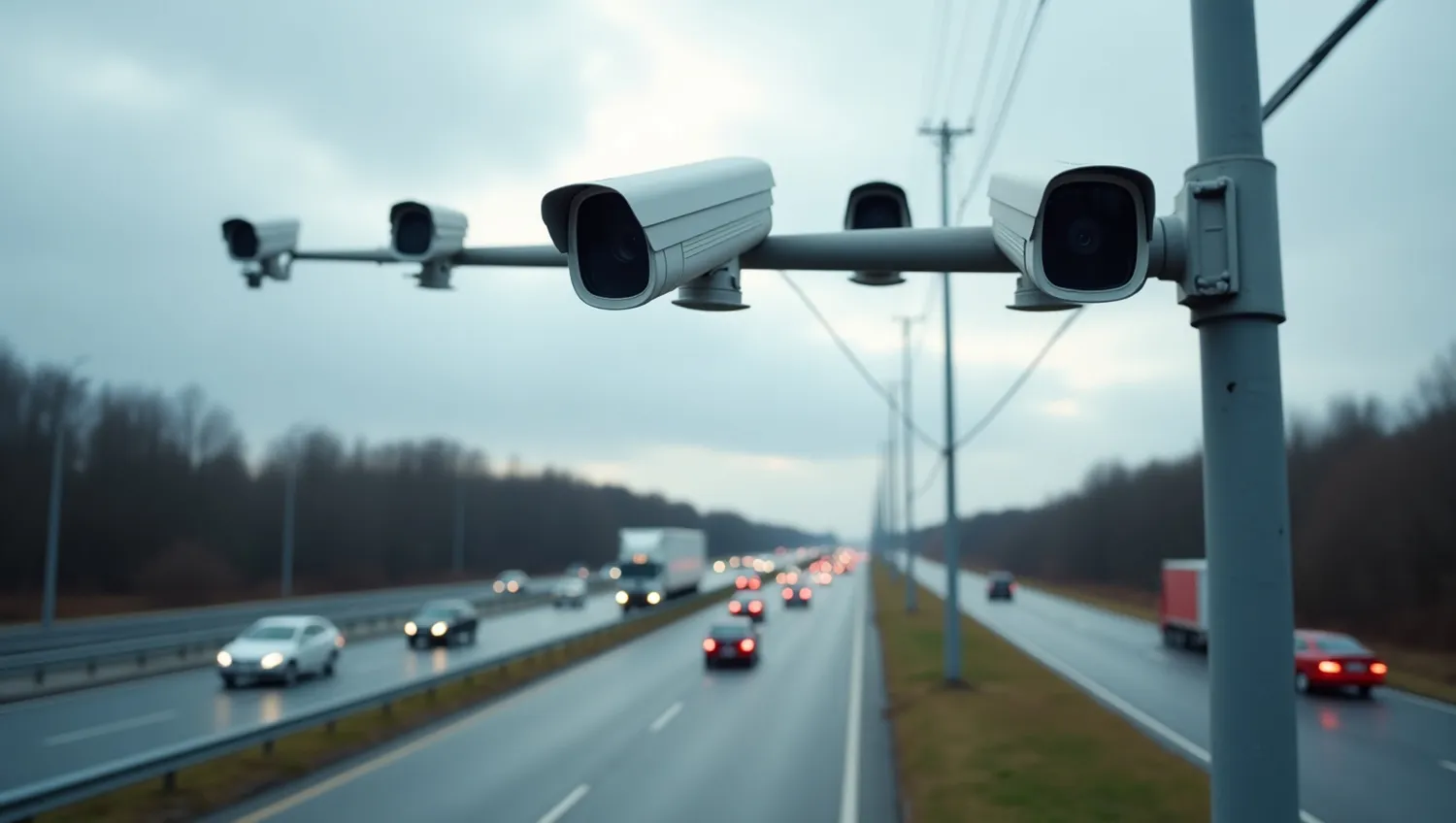Digital Hunt for Traffic Offenders
Russia is preparing to launch a groundbreaking system that will automatically detect uninsured drivers using AI-powered roadside cameras.

Technological Breakthrough in Insurance Compliance
The introduction of automated insurance control through road surveillance cameras marks a new phase in the digital transformation of Russia’s transportation oversight. According to official data, pilot testing is scheduled for late 2025, with the full system expected to go live by September 1, 2026.
The project’s backbone is the integration of roadside cameras with the unified insurer database via the National Insurance Information System (NIIS). By linking this system with the Automated Insurance System (AIS), regulators can verify not only whether a driver has valid third-party liability insurance (OSAGO) but also additional coverage parameters. Artificial intelligence will process real-time data from traffic cameras and cross-check it with insurance and vehicle registration databases.

A key innovation is the “one fine per day” rule: even if an uninsured driver passes several cameras within 24 hours, they will receive only one fine of 800 rubles ($9). If the offense is recorded again the next day, the fine will rise to 3,000–5,000 rubles ($33–55). The system’s primary goal is to protect law-abiding motorists, who often struggle with uninsured drivers during accidents or lengthy claims procedures.
Implementation and Development Prospects
Experts estimate that 3–4 million drivers in Russia operate vehicles without mandatory insurance, posing serious risks for other road users. Gradual expansion of the system from pilot regions to nationwide deployment between 2026 and 2027 could significantly strengthen compliance and improve overall road safety.
Technological challenges remain: ensuring accurate license plate recognition, minimizing false positives, and protecting personal data. Integration with insurance databases and government registries requires a fail-safe real-time data exchange infrastructure. Developers are also working to create effective appeal mechanisms for incorrect penalties.
While the system’s export potential may be limited by national legal frameworks, the underlying technology could be adapted for broader intelligent transport systems (ITS). Russia’s experience with the “Pautina” (“Web”) system — which integrates traffic cameras and databases — could serve as a model for CIS and developing countries seeking to modernize road oversight.
From ‘Pautina’ to Nationwide Smart Oversight
Russia’s move toward comprehensive digital traffic monitoring has evolved steadily over the past decade. The “Pautina” system, launched by the Ministry of Internal Affairs in March 2021, was initially designed to locate stolen vehicles and track criminals. Over time, it expanded to capture various traffic violations.
Between 2024 and 2025, officials discussed pilot projects to check vehicle insurance via cameras, but technical complexities delayed implementation. Originally, cameras were to verify insurance only for drivers who had already committed traffic violations — such as speeding or running red lights. Now, every vehicle in the flow will be checked automatically, regardless of other offenses.

In parallel, another initiative is underway: automatic monitoring of taxi drivers through “Pautina” cameras to identify those without the mandatory passenger liability insurance (OSGOP). Integration between the national Taxi Information System, insurer databases, and “Pautina” could form the foundation for a unified digital platform for commercial transport oversight.
Strategic Outlook: Toward Fully Automated Road Governance
The launch of automated OSAGO enforcement marks a shift toward a new paradigm of digital state supervision, where intelligent automation replaces traditional manual control. The expected benefits include higher insurance compliance, reduced workload for law enforcement, improved fine collection rates, and enhanced protection for compliant drivers.

The system will undergo gradual rollout during 2025–2026, starting with warning notifications before transitioning to fines, allowing developers to fine-tune accuracy. By 2027, nationwide coverage and AI-based image recognition improvements are anticipated.
Beyond insurance control, this system lays the groundwork for broader applications — from monitoring vehicle emissions to assessing technical conditions — contributing to the vision of a “smart city” and digitally integrated state transportation network.










































